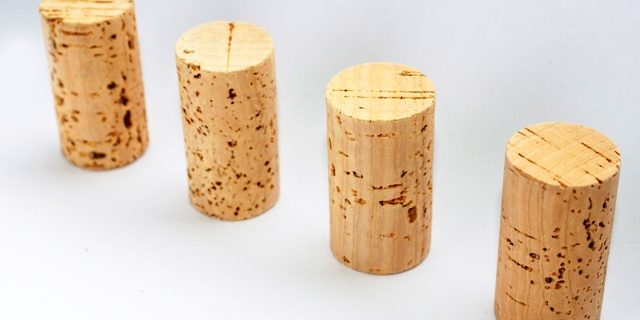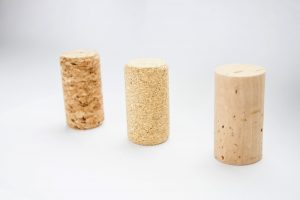The system of classifying natural wine corks into different quality categories is to say the least a complex one. The key thing to understand is that there is no cross industry standard applied to corks coming out of Portugal (where the vast majority of natural wine corks are produced) and more complicated still, broad quality standards vary considerably from country to country. So a natural cork considered generally to be of high standard in a south American country, might be generally considered of indifferent quality in the US market. These differences are largely a result of unscrupulous distributors peddling corks as being of a higher quality than they should be and mixing batches of lower quality corks into higher quality ones in order to fool winemakers. The only real solution to all this nonsense is to try and avoid national distributors and buy direct from an honest supplier in Portugal!

Anyway, here you can see a photo of 4 corks that we selected from 4 different quality samples (from left to right – Second – First – Super – Extra). In terms of the mechanical integrity of the corks, they will all be pretty much the same and in terms of the manufacturing process, they have all been treated in exactly the same way. The real difference is in the appearance of the corks, so the “Extra” quality cork will have only minor imperfections in the surface, whereas the “Second” quality may have some quite large holes.
In very broad terms, you might pay 300 euros per thousand for Extra quality 45x24mm corks, but 160 euros per thousand for Second quality (as a reference point, agglomerated corks you might only pay 70 euros per thousand for). Agglomerated and micro-agglomerated corks have there place for providing a low cost option for wine corks, but they do not confer the badge of quality for wine that natural corks do – here you can see an agglomerated, micro-agglomerated and natural cork side by side.








